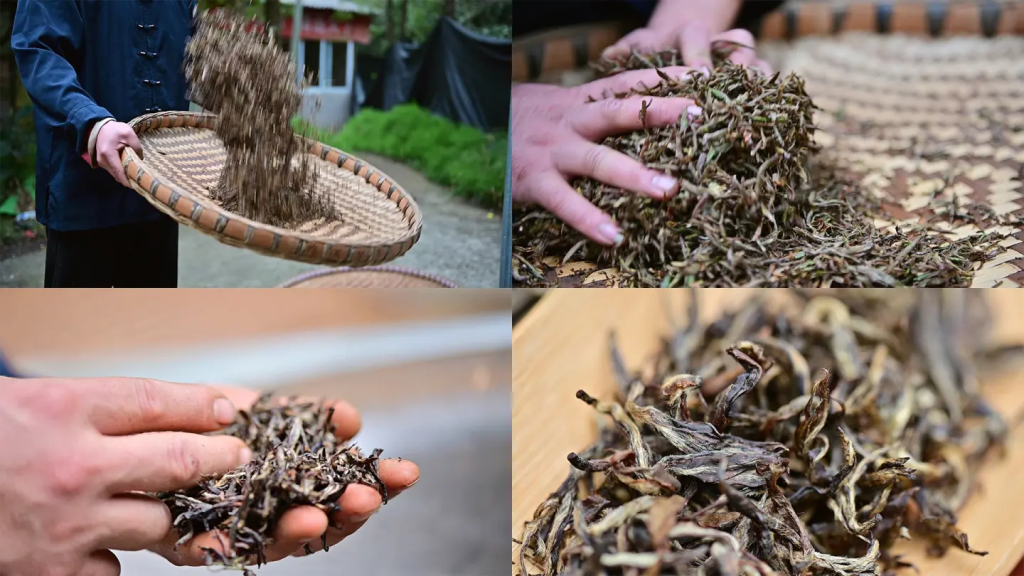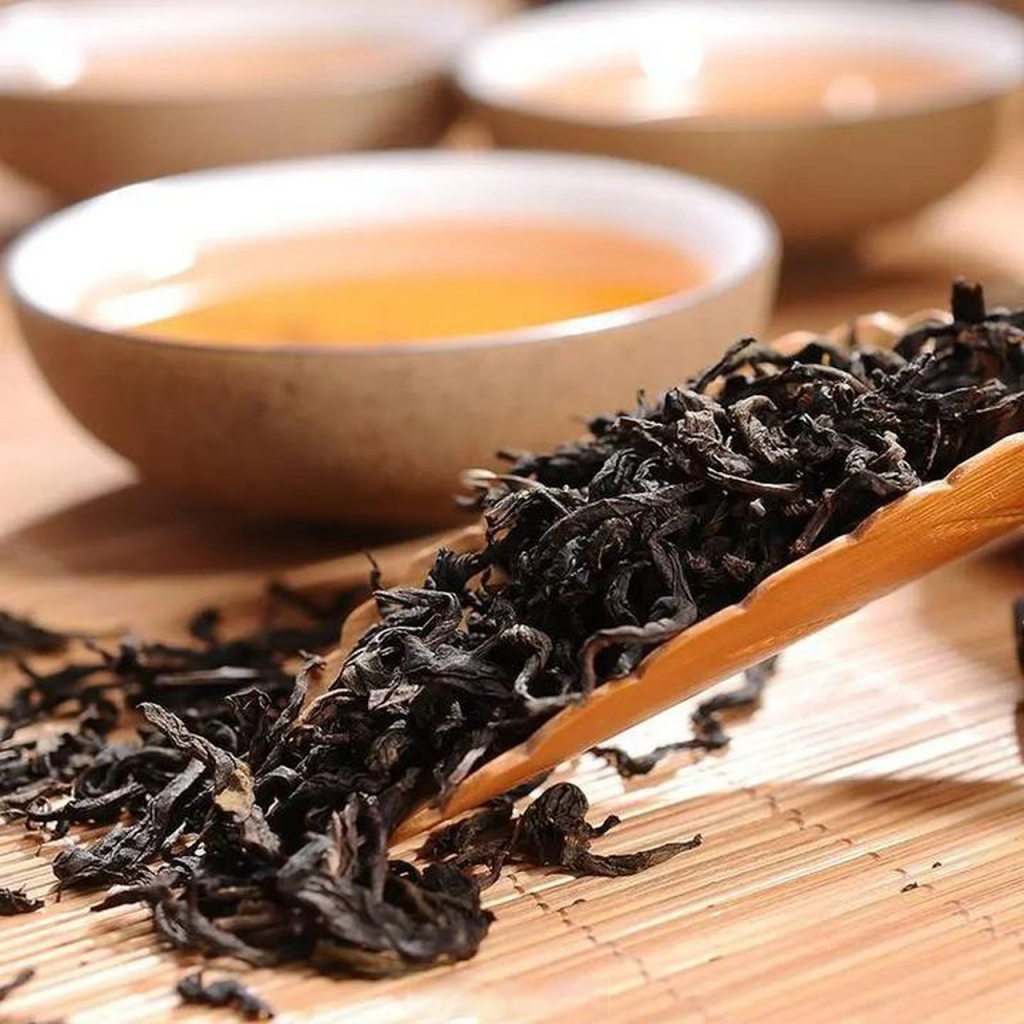Making black tea, which is often referred to as red tea in some cultural contexts, involves a series of careful steps to transform fresh tea leaves into the aromatic and flavorful beverage we all enjoy. Here’s a step-by-step guide to making black tea at home or on a small scale:

1. Harvesting the Tea Leaves
- Begin by harvesting the tea leaves. The best time to harvest is usually early in the morning when the leaves contain the highest levels of essential oils and other aromatic compounds.
- Pluck the top two leaves and a bud, as these tend to be the most tender and flavorful.
2. Withering
- After harvesting, spread the leaves out on a clean, dry surface to wither. This process can take several hours and allows the leaves to lose some of their moisture content.
- Alternatively, you can use a withering machine to speed up the process.
3. Rolling
- Once the leaves have withered sufficiently, roll them into tight rolls using your hands or a rolling machine. This step helps to break the cell walls of the leaves and release their juices.
4. Oxidation (Fermentation)
- After rolling, allow the leaves to undergo controlled oxidation. This is the process that turns the leaves from green to black (or red, depending on your regional terminology).
- Spread the leaves out on a tray and leave them in a warm, humid environment for several hours. The exact duration depends on the desired level of oxidation.
5. Fixing (Stopping Oxidation)
- Once the desired level of oxidation has been reached, fix the leaves to stop the oxidation process. This can be done by heating the leaves rapidly in a dryer or oven.
- The temperature and duration of fixing depend on the specific type of black tea being made.
6. Drying
- After fixing, dry the leaves completely to remove any remaining moisture. This step helps to preserve the tea’s flavor and aroma.
- Drying can be done in a conventional oven or a specialized tea dryer.
7. Sorting and Grading
- Once the leaves are dry, sort and grade them based on size, shape, and quality. This ensures that only the best leaves are used for the final product.
8. Packaging
- Finally, package the tea leaves in an airtight container to prevent oxidation and maintain freshness.
- Label the container with the type of black tea, the harvest date, and any other relevant information.

Additional Tips:
- The quality of the final tea product depends on the skill of the tea maker and the quality of the tea leaves used.
- Experiment with different oxidation levels and drying temperatures to find the flavor profile that suits your taste.
- Enjoy your homemade black tea with a slice of lemon, a splash of milk, or a teaspoon of sugar, as preferred.
By following these steps, you can make your own black tea at home and enjoy the unique flavor and aroma that only comes from freshly made tea.



